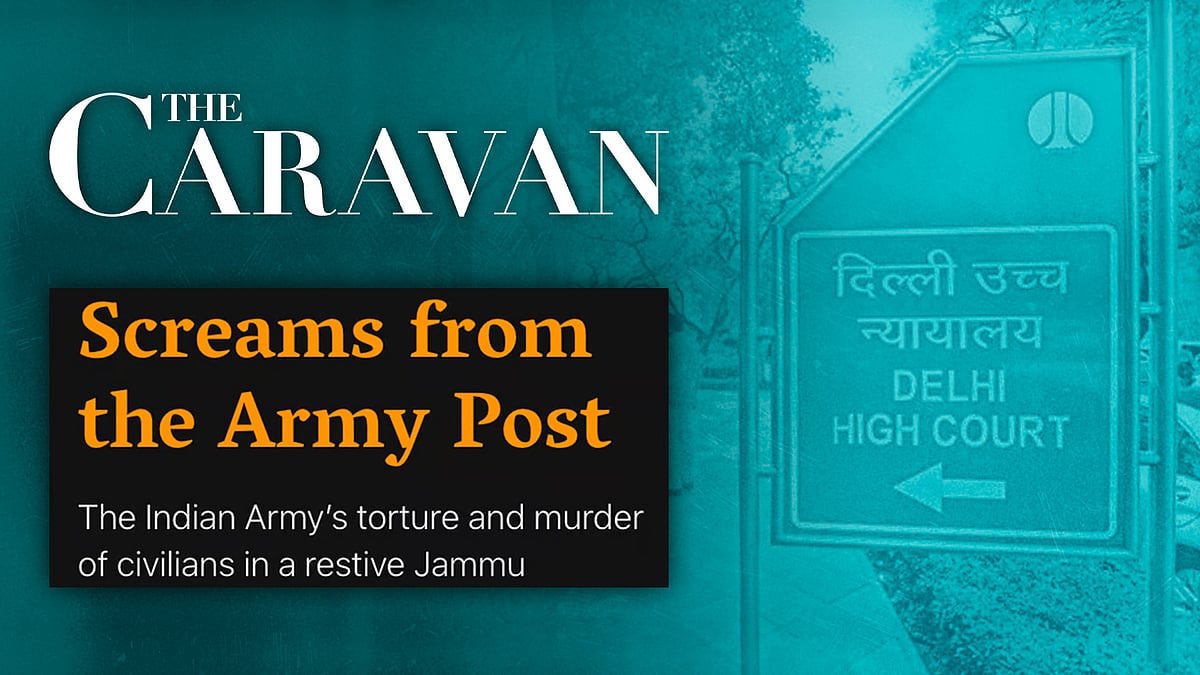‘Impact on free speech to be analysed’: SC stays govt’s fact check unit notified under IT Rules
The unit was notified yesterday to identify ‘fake news’ about the government.
Less than a day after the central government notified the fact-check unit under the amended IT Rules, the Supreme Court stayed its operation, Bar and Bench reported. The fact-check unit allows the government to identify “fake news” about itself on social media and order its take down.
The unit was notified hours after stand up comedian Kunal Kamra and the Editors Guild of India moved the top court in the matter. Hearing the petitions, the bench of Chief Justice of India DY Chandrachud and Justices JB Pardiwala and Manoj Misra said, “Pending adjudication by the high court…The challenge to the validity of 3(1)(b)(5) involves serious constitutional question and the impact of the rule on free speech and expression would need to be analysed by the high court.”
On March 11, the Bombay High Court rejected Kamra and the guild’s case in a 2:1 judgement, with Justices AS Chandurkar and Neela Gokhale supporting the government’s argument in contrast to Justice Gautam Patel.
As quoted by Bar and Bench, Kamra’s counsel Darius Khambata said the fact-check unit has a “chilling effect on free speech”. “No intermediary challenged these rules. Why? Because they will protect their interests. They will happily be chilled. Justice Gokhale also said we had a case to make…It is a question of Caesar judging Caesar.”
Advocate Shadan Farasat, representing the Editors Guild of India, said: “The judges have proceeded on the assumption that the government is a good boy. The critique business of the government is why Article 19(1)(a) exists…How will investigative journalists work at all? It is through several sources in the government. Now a central authority will stamp out all other voices.”
However, solicitor general Tushar Mehta emphasised that “If someone criticises the prime minister. It would not fall under this [fact check unit].”
The amendments have been widely criticised by press groups, opposition leaders and journalists.
Newslaundry has reported on length on the controversies surrounding the amendment and why it’s a blow for press freedom. Read about it here.
To know how the amended IT Rules translate to “greater opacity” in surveillance and impact RTI, read here.
 IT Rules amendment: Bombay HC refuses to stay govt’s ‘fact check unit’
IT Rules amendment: Bombay HC refuses to stay govt’s ‘fact check unit’  Not given ‘fair hearing’: The Caravan moves Delhi HC to quash govt’s ‘perverse’ takedown order
Not given ‘fair hearing’: The Caravan moves Delhi HC to quash govt’s ‘perverse’ takedown order